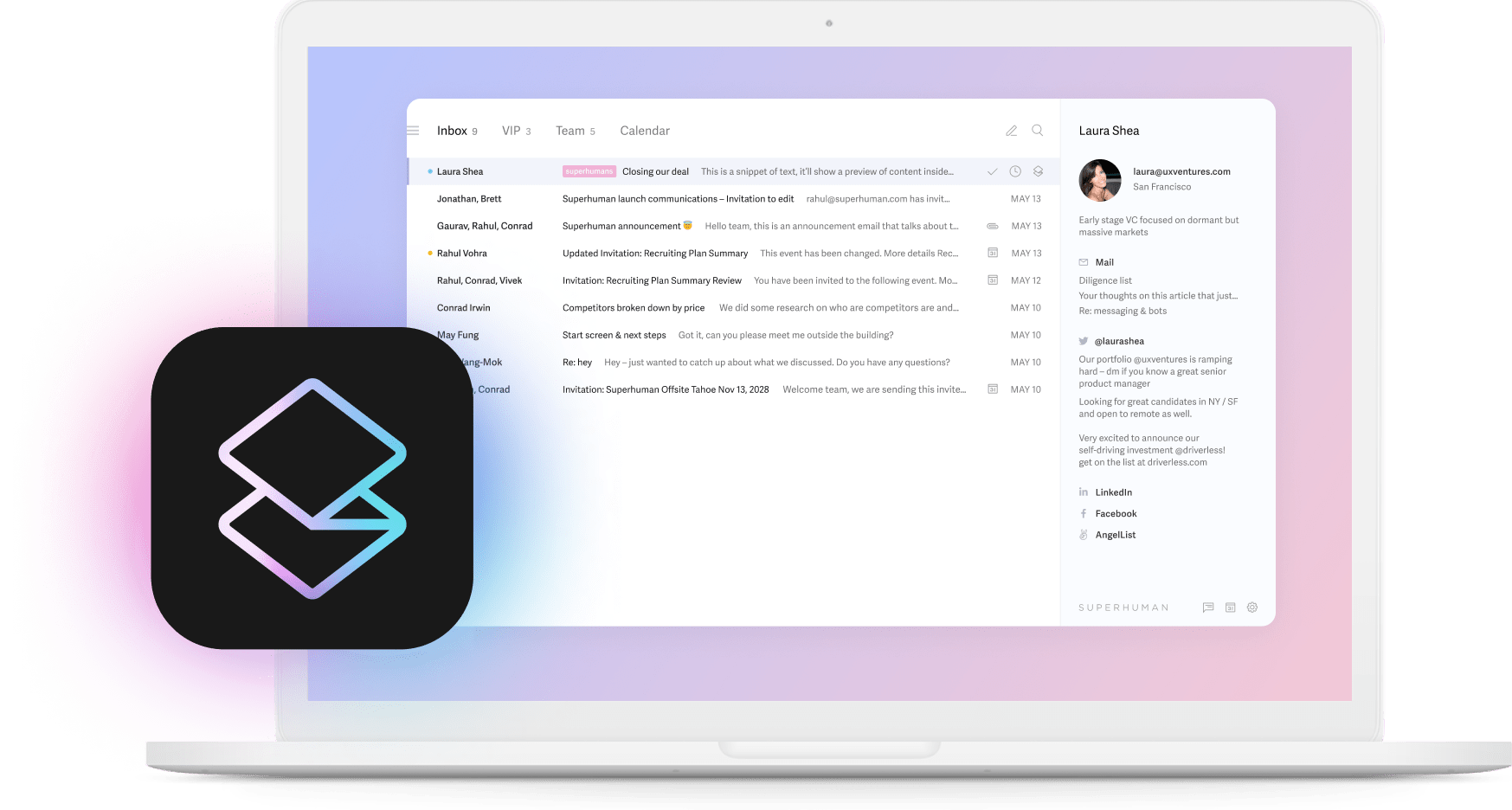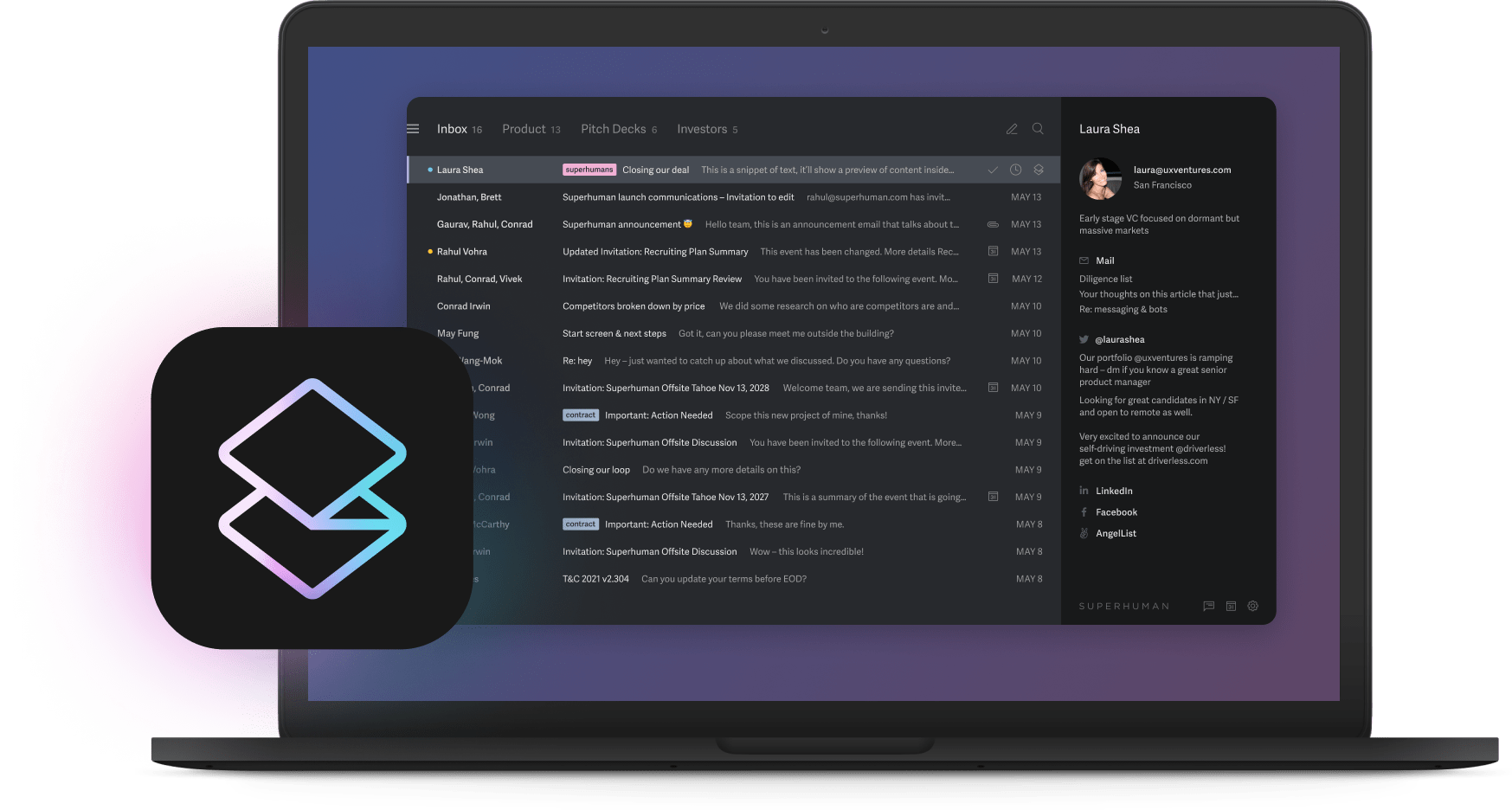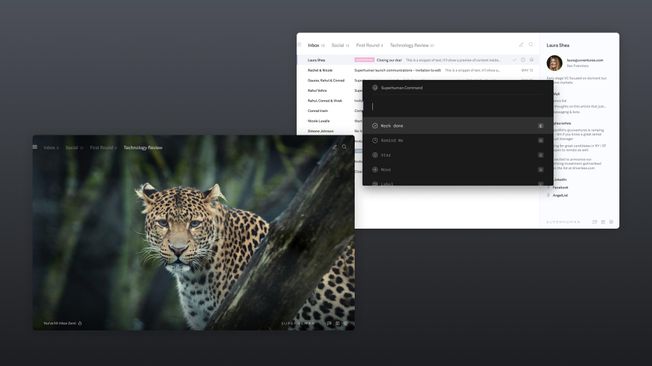
Cross-team projects fail when communication breaks down. Critical messages disappear into overflowing inboxes, teams duplicate work without knowing who's handling what, and urgent handoffs stall in endless threads.
AI-native tools eliminate these coordination breakdowns by surfacing priority messages, preventing duplicate responses, and giving teams real-time visibility into project ownership.
Can AI be part of cross-team collaboration?
Yes, and it's solving the exact coordination problems that derail cross-team projects. When critical messages get buried, teammates duplicate work, or updates never reach the right person, AI systems step in to route everything correctly.
Modern AI systems fix this by scanning messages for tone, topic, and urgency, then routing everything to the right person. Smart workspaces surface new blockers or approvals automatically, so nothing sits forgotten in some random channel.
Global teams benefit from instant translation capabilities that break down language barriers. Long email threads become a few clear lines through intelligent summaries. Task assignment algorithms map work to whoever can actually handle it. At any moment, teams see who owns what, which handoff comes next, and where things might get stuck.
Organizations using collaborative AI platforms align faster and miss fewer handoffs. The result: less time hunting down status updates, more time shipping work that actually matters.
The hidden cost of communication silos
Leaders experience this daily: critical updates buried under routine messages, five people answering the same question, launch dates slipping because no one saw the blocker. When one team works in Slack, another in email, and a third in a project board, information scatters and momentum stalls.
The waste adds up fast. Duplicate work creeps in when two designers unknowingly polish the same asset or three engineers fix the same bug. Cross-functional leaders spend evenings piecing together what happened, who owns the next step, and whether a customer has already received a response. That constant context hunting is the real price of silos.
Industry-leading companies are 3x more likely to report clear productivity gains once they break those walls with intelligent tools. Everyone else pays a heavy "coordination tax":
- Hours lost searching for the latest file version across multiple platforms
- Time wasted clarifying who owns which piece of a cross-functional project
- Effort spent reconciling conflicting decisions made in isolated channels
- Entire quarters slipping away as these small inefficiencies multiply across dozens of projects
Missed messages carry an even higher opportunity cost. A delayed approval can derail a marketing launch. An unseen bug report can trigger a public incident. The numbers tell the story: B2B professionals save at least one full workday every week once they implement AI coordination tools, time previously lost to communication breakdowns.
AI-powered platforms tackle these gaps by centralizing updates and routing the right information to the right person the moment it matters. They summarize long email conversations, flag duplicate tasks, and show at a glance who is already handling the issue. That real-time visibility turns coordination from a guessing game into a predictable system.
How ai eliminates collaboration bottlenecks
Intelligent message prioritization
AI surfaces urgent cross-team messages automatically, ensuring leaders never miss critical updates buried in hundreds of daily emails. Split Inbox categorizes messages by team, colleague priority, and context so teams focus on what matters most first. This happens automatically without manual sorting or complex filter rules.
Shared visibility and context
AI gives team members real-time visibility into who's handling which conversations, preventing duplicate work and conflicting responses that damage cross-team projects. Shared Conversations lets teams collaborate directly within email threads, eliminating the need to forward or Bcc for input.
Auto Summarize provides instant context on lengthy email chains, so someone joining a cross-team conversation mid-stream gets caught up in seconds instead of reading through dozens of messages.
Automated coordination
AI drafts responses that maintain consistent messaging across teams, saving hours of typing while ensuring everyone communicates with the same voice.
Smart reminder systems ensure follow-ups don't fall through the cracks when juggling multiple team conversations. Instant Reply generates draft responses overnight so leaders wake up to an inbox where emails already have thoughtful replies ready for quick review and sending.
Real-time collaboration tools
AI-powered platforms like Microsoft Teams, Slack, and Coda integrate seamlessly with email for smooth handoffs between asynchronous and synchronous collaboration. Grammarly ensures tone consistency across all team communications, particularly valuable when multiple people respond to the same stakeholders.
Benefits of AI-driven cross-team collaboration
Modern intelligent systems handle routine coordination tasks, allowing teams to respond faster and more efficiently. The measurable advantages include:
- Enhanced communication speed: Teams respond 12 hours faster to cross-functional requests
- Dramatic time savings: Superhuman customers who use AI save 37% more time than those who don't
- Increased throughput: Teams respond to twice as many emails in the same time period
- Performance gains: Top performers at their companies are already 14% more productive as a result of AI
Beyond speed improvements, intelligent systems provide valuable data-driven insights. They identify patterns and highlight recurring bottlenecks in team communication, reducing cognitive load and letting knowledge workers focus on strategic decisions rather than getting buried in email archaeology.
The real payoff comes through faster coordination leading to quicker project completions, strengthened stakeholder relationships, and improvements in key business metrics like revenue and customer satisfaction. When teams operate efficiently, everyone from busy executives to cross-functional managers reaps the rewards.
Challenges and considerations
Smart tools promise smoother coordination, but rolling them out isn't straightforward. Most platforms need to work with existing CRM, ticketing systems, and chat apps. Organizations should map data flows carefully first and test API limits before automating everything.
Cultural resistance comes next. Teams that have perfected manual handoffs may not trust algorithms to route critical updates. Training sessions that pair real inbox pain points with quick wins help build trust early.
Over-reliance creates another risk. Automated systems can draft replies and assign tasks, but human judgment still protects brand voice and sensitive negotiations. Keep final approval flows in place until accuracy metrics meet organizational thresholds.
Data privacy can't be an afterthought. Smart platforms often need access to email, chat, and customer data. Without strict permissions, confidential conversations leak into the wrong queue. Activity logs let teammates see how messages get prioritized.
Start small to reduce risk while proving value. Pick one pain point like duplicate task detection in product launches, measure response-time improvements, then expand. A phased rollout lets each team experience the benefits before the next wave of integration arrives.
Best practices for implementing ai in cross-team collaboration
Start with whatever slows teams down most. Maybe it's missed handoffs between sales and support, or the marketing team keeps duplicating work the product team already finished. Pick that one coordination breakdown that causes the biggest headache, then point the first intelligent automation experiment right at it.
Once the problem is clear, choose platforms built for intelligence from day one. Purpose-built systems like Superhuman Mail were designed for speed and context sharing, which is why teams using them respond 12 hours faster and save 4 hours every week. Bolt-on solutions just don't work as well.
To maximize adoption and impact, follow these steps:
- Define clear ownership: Someone needs to answer customer questions, someone else approves design changes, and someone tracks project risks
- Create shared workflows: Standardize how teams hand off projects, share context, and escalate urgent issues
- Track meaningful metrics: Monitor response time, project velocity, and team satisfaction rather than vanity metrics
- Balance automation with human judgment: Let AI handle routing and summarization while keeping leaders in charge of strategic decisions
- Invest in team training: Share quick wins early, offer brief training sessions, and listen to feedback
When organizations standardize these flows, context follows the work instead of getting lost in translation. Good platforms surface insights in real time, showing whether automation is helping or just creating busy work.
Finally, help teams adapt. When people see they're saving time, resistance disappears and adoption takes care of itself.
Top AI tools for cross-team collaboration
Email and Communication: Superhuman Mail leads with Split Inbox to prioritize urgent conversations, Shared Conversations for integrating team inputs directly on threads, and Auto Summarize to condense long email exchanges.
Teams using Superhuman Mail save up to 4 hours a week and respond 12 hours faster. Grammarly enhances communication by ensuring consistency in tone and clarity across emails and documents.
Document Collaboration: Coda offers an intelligent workspace environment for project planning and documentation, integrating smoothly with platforms like Slack and Jira. This enables real-time updates and shared visibility across functional lines.
Meeting and Messaging: Microsoft Teams with Copilot provides automated meeting summaries and task extraction. Slack supported by intelligent apps automates routine tasks and routes messages efficiently, reducing manual intervention and potential delays.
Transform your team collaboration with AI
AI eliminates communication silos by surfacing critical cross-team messages, preventing duplicate work, and providing shared context. Teams using AI-native tools save 4 hours per person every week, respond 12 hours faster, and handle twice as many projects.
AI isn't just part of cross-team collaboration—it's essential for teams competing on speed. Explore how Superhuman Mail transforms collaboration with AI-native email.
Frequently asked questions (FAQs)
Can AI be part of cross-team collaboration? Yes. Purpose-built platforms like Superhuman Mail surface urgent updates automatically, help teams respond 12 hours faster, and ensure nothing falls through the cracks.
What are the main risks of using AI for collaboration? Integration complexity, data privacy concerns, and over-automation can create new bottlenecks. Start with pilot programs, establish clear access controls, and keep humans involved in strategic decisions. The key is choosing purpose-built platforms designed for collaboration from the ground up.
How does AI prevent duplicate work across teams? Intelligent systems check new tasks against existing projects and flag potential overlaps before they become problems. Smart platforms analyze message content semantically, catching similar work even when described differently.
Where should teams start? Identify the biggest coordination bottleneck first. Roll out one intelligent tool to that specific workflow, measure response times and team satisfaction, then expand once clear time savings appear. Starting small helps build confidence and momentum across organizations.





